秉持尊重学生和家长隐私的原则,以下所展示的图片,都已经去掉敏感信息。
还有N多学术素材,由于知识产权或家长原因,不便公开,敬请理解。
本文作者A同学,品学兼优,目前是目前是一位11年级学生,来自台湾,美籍华人。
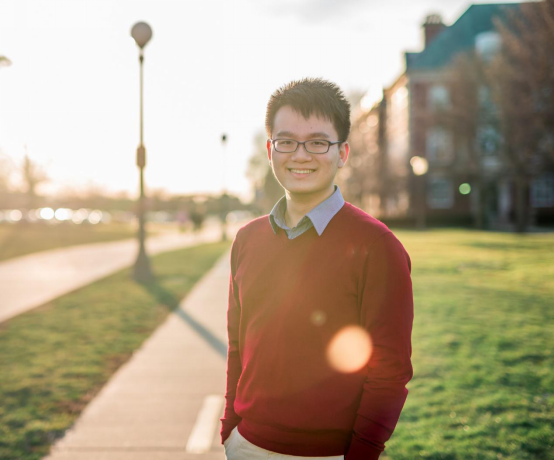
A同学有更高的梦想,希望高中毕业后能够到美国最好的大学读本科,希望就读生物工程专业,未来做和医学有关的工作。为此,参与了美国名校科研,增加学术背景,开拓视野,获得真知。
本文是学生在美国大学科研学习结束后所写的感受,供学生及家长参考。
What I’ve done and learned
During the month I’ve spent at the lab, I’ve worked with a wide variety of equipment.
在我在实验室度过的那个月里,我使用过各种各样的设备。
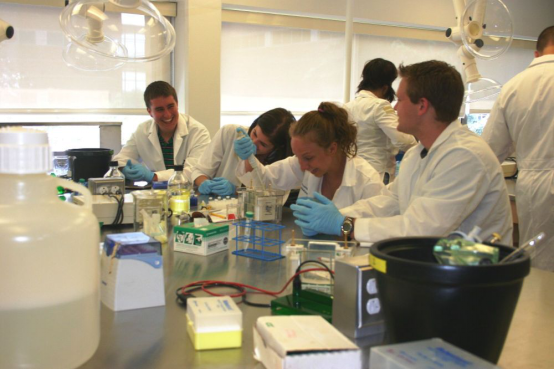
One of the first things I learned how to do at the lab is preparing the machine, which involves priming and purging it. One of the first things that needed to be done was making sure that the right solvent was selected, which was done by making sure the dial was pointed in the right direction as well as making sure the selector was drawing solvent from the correct tube.
我在实验室学到的第一件事就是准备机器,包括启动和清洗机器。需要做的第一件事就是确保选择正确的溶剂,这是通过确保表盘指向正确的方向以及确保选择器从正确的管中吸取溶剂来完成的。
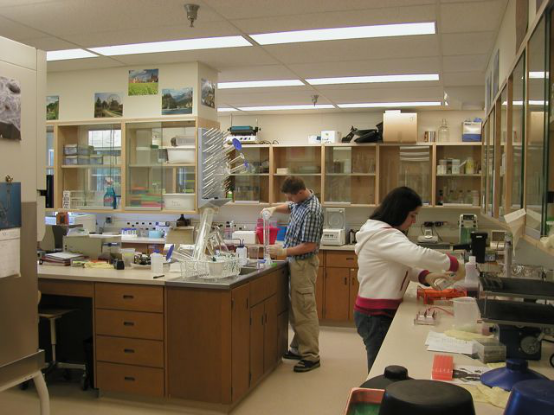
Loading the samples into the HPLC machine was also an important aspect of the program. This part requires using the Breeze application to get the machine ready, and when it came to the act of actually injecting the sample, I learned a bit about how to improve my technique—at the start, I kept the needle outside of the machine, only placing it in when it ready to go, but with some help from Professor H, I now know that the needle should go in halfway while waiting for the machine to get ready, and when it is, the needle should be pushed in all the way to prevent anything from leaking out.
将样品装入HPLC机器也是该程序的一个重要方面。这部分需要使用Breeze应用程序来准备机器,当实际注入样品时,我学到了一些关于如何改进技术的知识 - 在开始时,我将针头留在机器外面,只有在它准备好的时候把它放进去,但是在H教授的帮助下,我现在知道在等待机器准备好的时候针应该进入中途,当它到时,针应该被推入所有防止泄漏的方法。
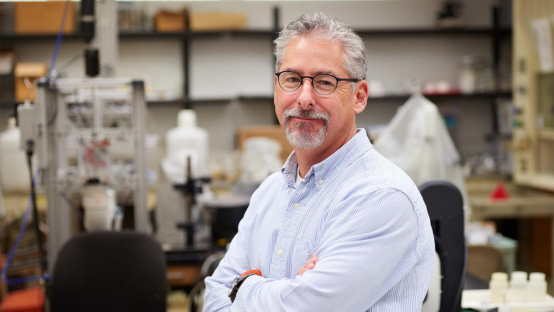
Next was using a syringe to remove any air from the system, called purging. The final step in the process was to use the Breeze software to start running the liquid through the system, priming.
接下来是使用注射器清除系统中的任何空气,称为吹扫。该过程的最后一步是使用Breeze软件开始通过系统运行液体,启动。
The next major part of the program was preparing the liver sample that had been taken from the mouse. It had been stored in liquid nitrogen in order to ensure that no further reactions took place. The first steps involved taking the liver samples out of the liquid nitrogen, so tongs and cold-resistant gloves had to be used. The next part of the procedure involved crushing and grinding the liver up using a mortar and pestle until it became a powder.
该计划的下一个主要部分是准备从小鼠身上取得的肝脏样本。将其储存在液氮中以确保不发生进一步的反应。第一步是将肝脏样本从液氮中取出,因此必须使用钳子和防寒手套。该程序的下一部分涉及使用研钵和研杵将肝脏压碎并研磨直至其变成粉末。
Next was using the grinding wand to mix up the liver with the PCA, moving it up and down about 20 times so that the sample was thoroughly homogenized. Another piece of equipment used was the centrifuge, where I learned that balance is important in order to avoid permanently damaging the centrifuge. This means that a tube with an equal mass would have to be placed in the centrifuge. The final steps in the process called for syringes and filters that can be attached to those syringes in order to filter out anything larger than 0.2 μm.
接下来使用研磨棒将肝脏与PCA混合,上下移动约20次,使样品彻底均匀化。使用的另一件设备是离心机,在那里我了解到平衡很重要,以避免永久性损坏离心机。这意味着必须将具有相同质量的管放入离心机中。该过程的最后一步要求注射器和过滤器可以连接到那些注射器,以过滤掉大于0.2微米的任何东西。
In addition, we also used a spectrophotometer to measure the concentration of solutes or the absorbency of the solution that was placed in the cuvette, and it does this by measuring the amount of light that is absorbed by the solution. This required setting up the spectrophotometer from the computer using its software, and placing each cuvette in, facing the right direction, one by one.
此外,我们还使用分光光度计测量溶液的浓度或放入比色杯中的溶液的吸光度,并通过测量溶液吸收的光量来实现。这需要使用其软件从计算机设置分光光度计,并将每个比色皿一个接一个地朝向正确的方向放置。
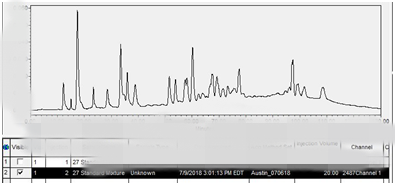
The final steps in the process used the Breeze application and Microsoft Excel in order to analyze the results from the HPLC and spectrophotometer. First, the Breeze app was needed to get data on the peaks. This includes figures relating to retention time and the area of the graph that each peak took up. Excel was used in order to make graphs of the data from the spectrophotometer, such as the standard curve, as well as analyzing the data from the HPLC by comparing the peaks of the 27-standard mixture with the liver samples.
该过程的最后步骤使用Breeze应用程序和Microsoft Excel来分析HPLC和分光光度计的结果。首先,需要Breeze应用程序来获取峰值数据。这包括与保留时间和每个峰值占用的图表区域有关的数字。 Excel用于制作来自分光光度计的数据图,例如标准曲线,以及通过比较27标准混合物与肝样品的峰来分析来自HPLC的数据。
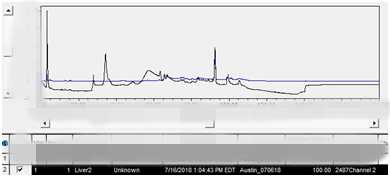
Throughout the research of a month in Boston, I’ve learned countless things from professor H.
在波士顿的一个月里,我从H教授那里学到了无数的东西。
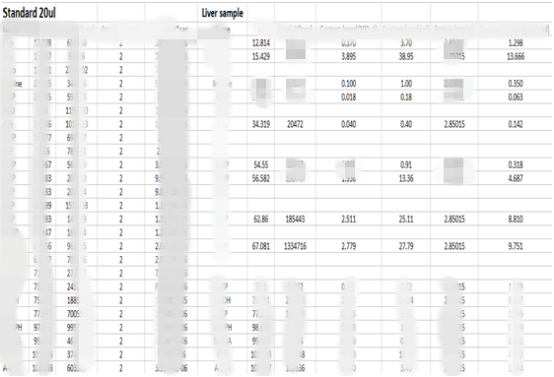
First of all, the main focus of the program was HPLC, high-performance liquid chromatography, where an instrument is used to separate and identify what components are in the mixture. I’ve learned about some of the advantages of using this method, the components that are used in HPLC, and the applications of HPLC.
首先,该计划的主要重点是HPLC,高效液相色谱,其中使用仪器分离和识别混合物中的组分。我已经了解了使用这种方法的一些优点,HPLC中使用的组分以及HPLC的应用。
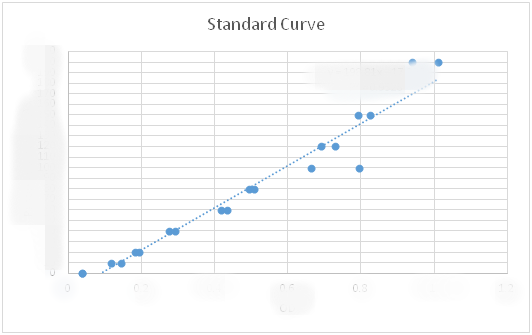
Another topic I’ve learned about is the different methods that can be used in order to determine how much protein there is: the biuret assay, the bicinchoninic acid assay, and the one that we’ve used, the Lowry assay.
我学到的另一个主题是可以使用不同的方法来确定有多少蛋白质:缩二脲分析,二辛可宁酸分析,以及我们使用的那种,Lowry分析。
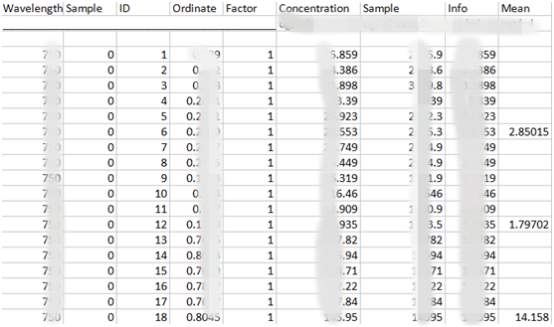
Other topics that have been gone over briefly include the structure of the circulatory system, and ATP degradation in cardiac cells. However, I’ve also gotten a better grasp on the basics of a lab, including pipetting technique, weighing masses, and making calculations, and safety measures like wearing gloves.
其他简要介绍的主题包括循环系统的结构和心肌细胞中的ATP降解。然而,我也更好地掌握了实验室的基础知识,包括移液技术,称重质量,计算以及戴手套等安全措施。
科研起源
在最新的世界学术水平排行榜中,绝大部分都是美国的大学。由于美国大学与工商业、企业结合紧密,同时学校的教学资源、实验课题及实验设备都属于全球顶尖状态,从而成为众多留学生的梦想留学目的地。
目前中国学生申请赴美留学人数日益剧增,以往美国顶尖名校选择录取GPA高分学生,后来校方逐渐发现学生在学习中缺少创新和实操的能力,进而导致美国名校录取率的下降。近些年,招生官对选择学生时更加看重的是自主创新、专业技能、思维创造才能等综合素质人才。对于计划入读美国名校的学生,实际的科研经验无疑可以提升竞争力,从而大大增加被名校录取的概率。
美国名校科研,坚持为更多有梦想的学生提供机会和平台。
选拔流程
1. 提交报名表
2. 科研组择优面试
3. 面试通过后,发送录取确认书
4. 协调机票、接机、住宿
5. 赴美开始科研
6. 获得导师推荐信,科研证书,丰富的CV、PS履历
科研的收获
推荐信、科研证书、科研履历
哪些学校
哈佛大学、麻省理工学院、哥伦比亚大学、宾夕法尼亚大学、约翰霍普金斯、卡耐基梅隆大学、斯坦福大学、加州伯克利等。
哪些专业
经济,金融,计算机,电子,统计,数学,生物,心理等










